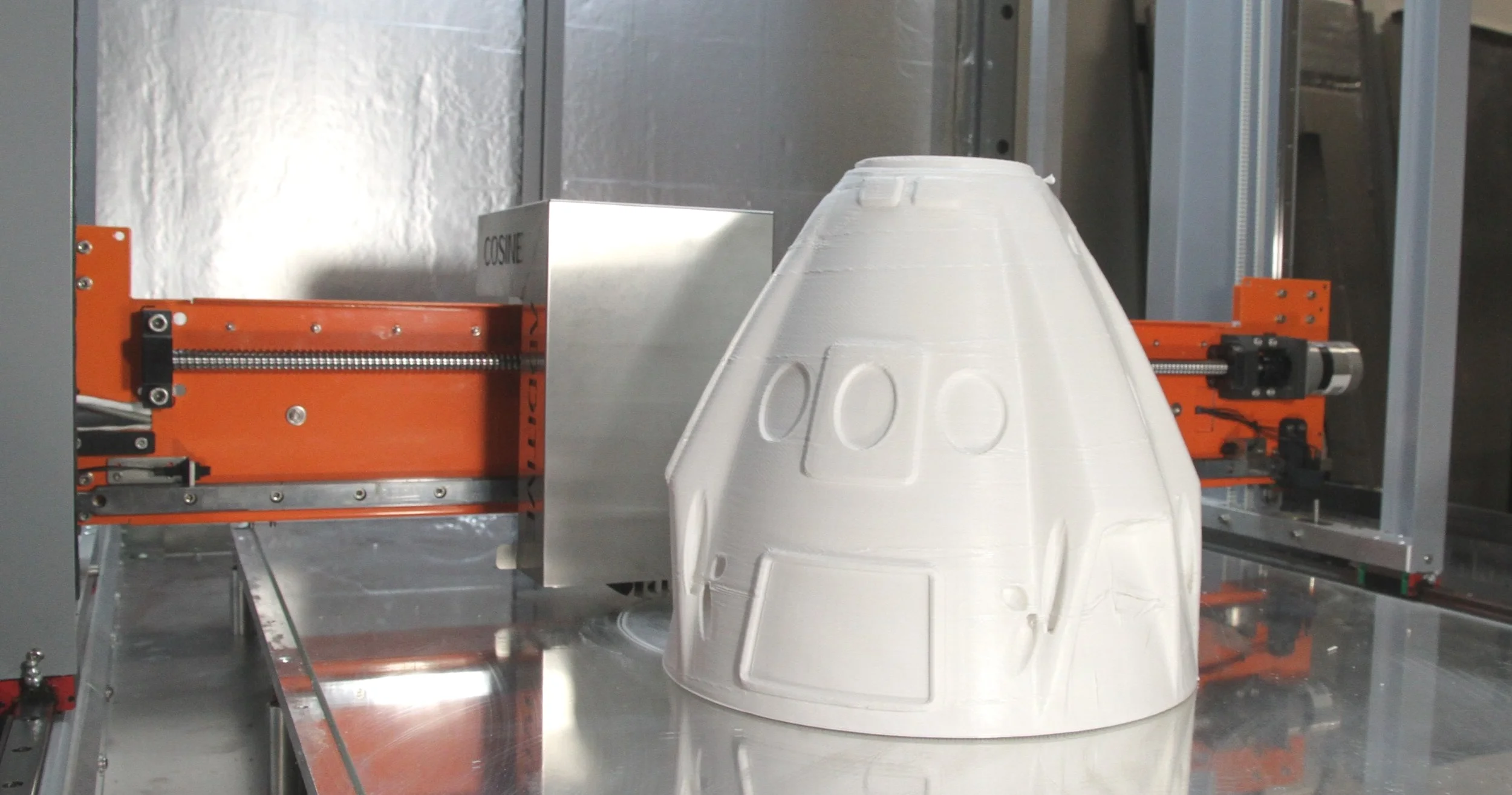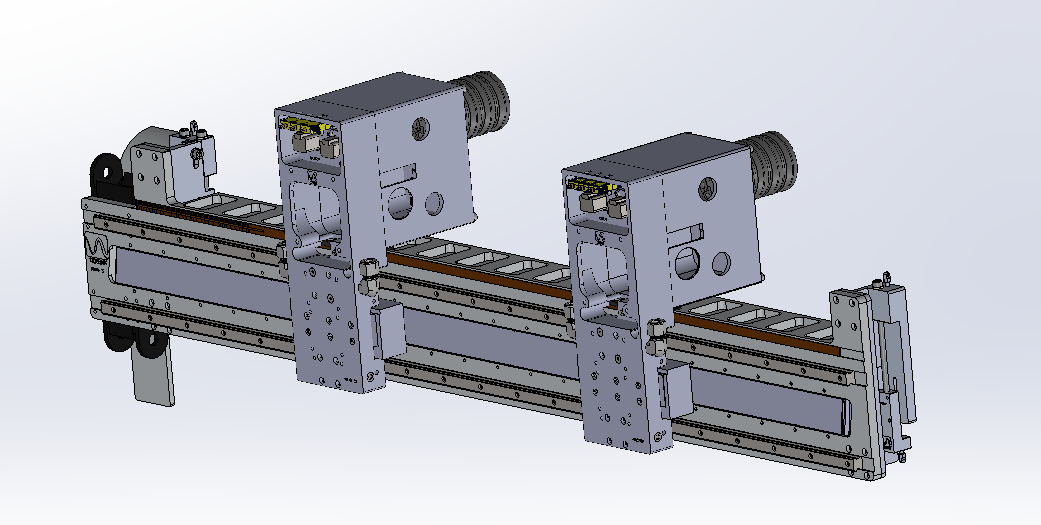Hybrid manufacturing combines the precision and versatility of 3D printing with the power and speed of traditional manufacturing methods. An industrial 3D printer that has both additive and subtractive capabilities is the ultimate example of a hybrid manufacturing solution. With the ability to 3D print an object, then use a subtractive tool such as a milling spindle to remove material, the process enables creating precision complex geometries, but also allows for the creation of features that are difficult or impossible to achieve through 3D printing alone, such as threads or precise dimensional tolerances.
With the ability to switch between additive and subtractive manufacturing, this type of industrial 3D printer offers a wide range of possibilities for creating complex and highly detailed parts and products. From prototyping to end-use production, this technology provides the flexibility and efficiency that manufacturers need to compete in today's rapidly evolving market.










